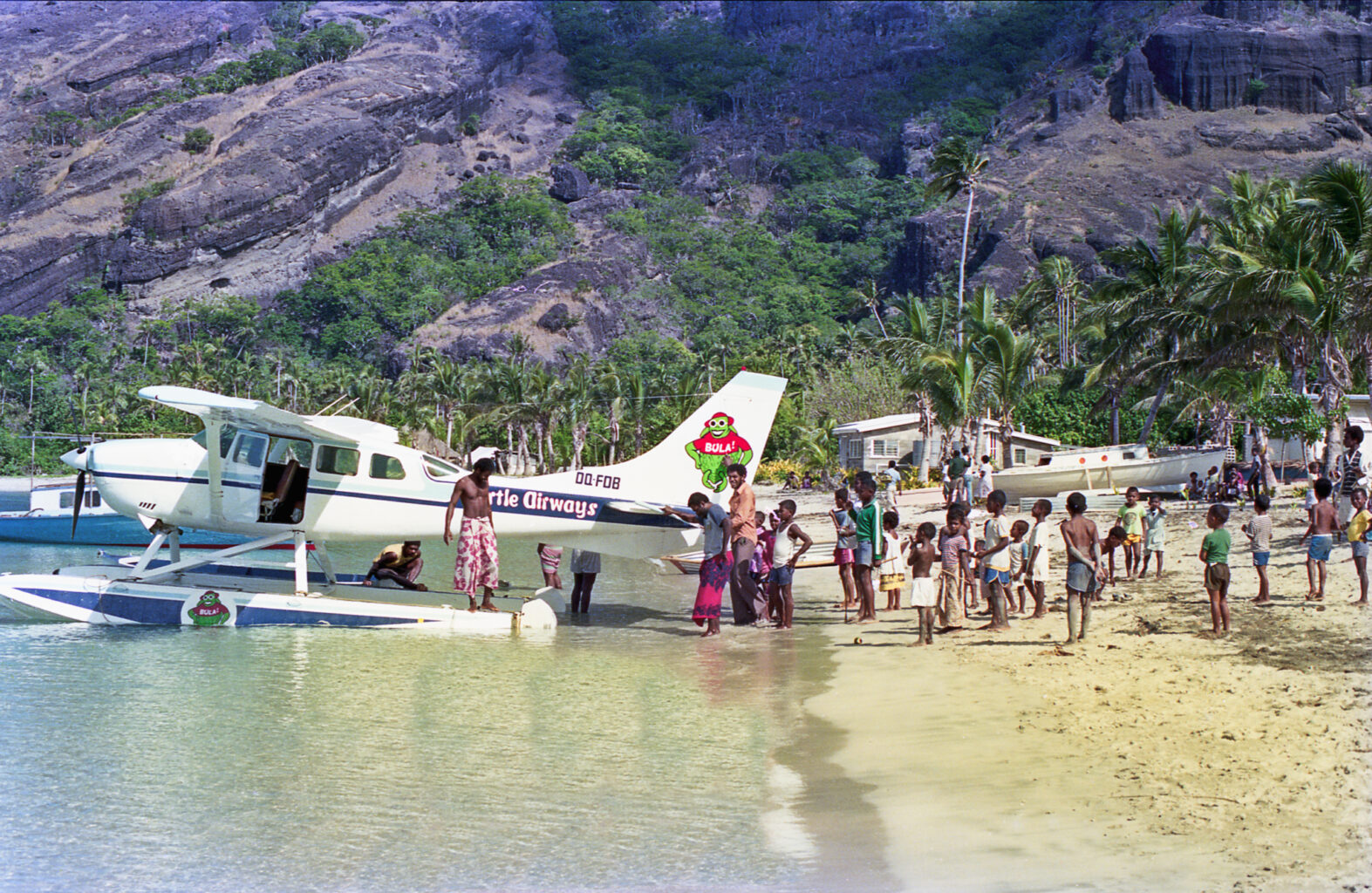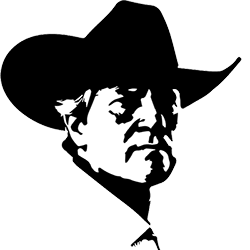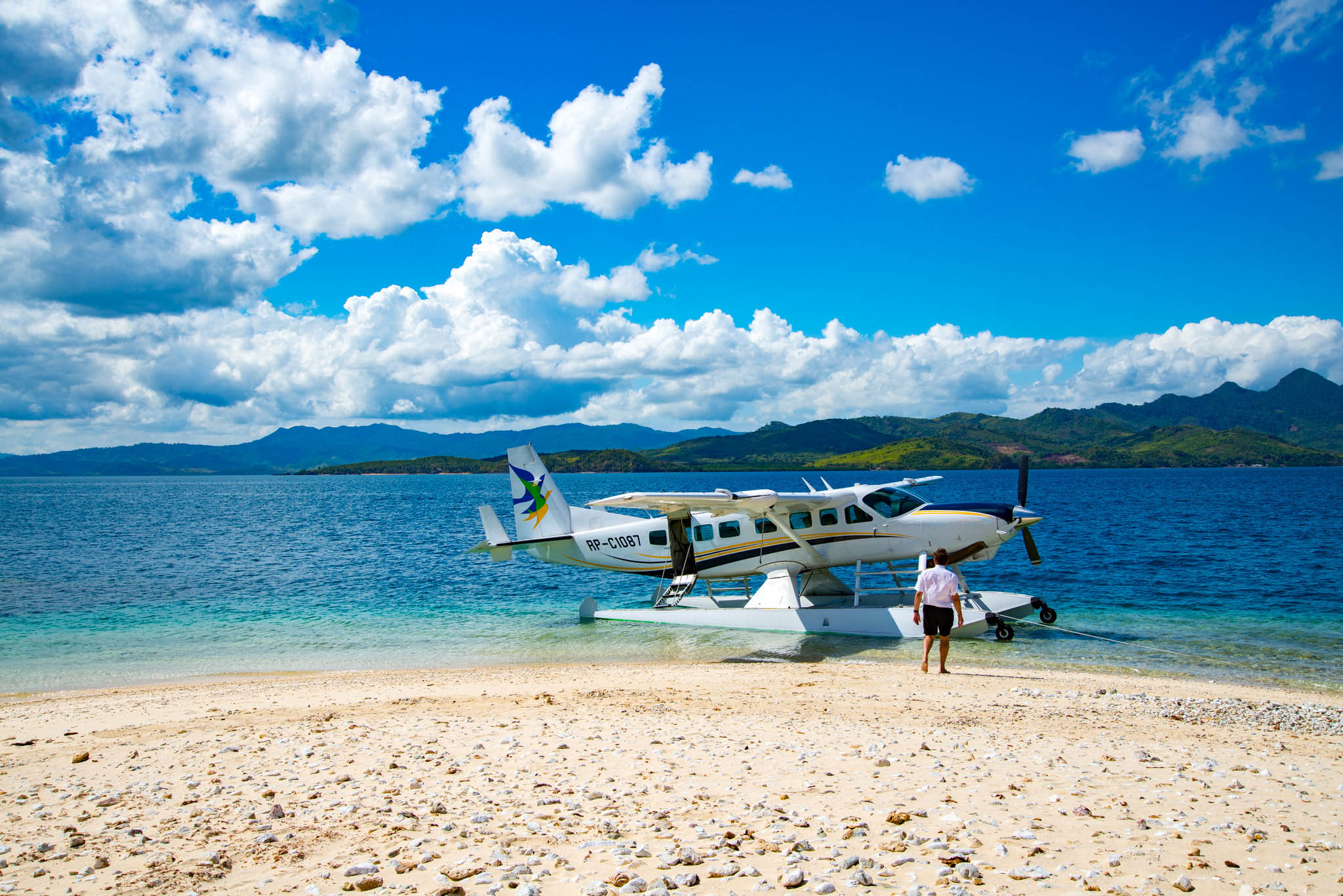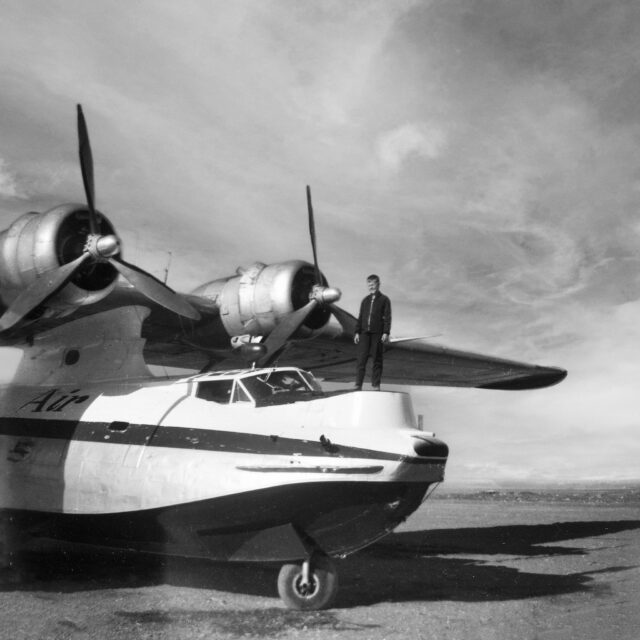A Guide to Operating Seaplanes in the Seas.
In Flying Boats, Amphibians, and Seaworthiness, I defined the terms needed to understand the technical aspects of seaplanes. Now, I will discuss the definitions required to understand the essential technical aspects of operating in the sea. This means understanding sea states and how they relate to seaplane flight operations. After reading this chapter, you will entice investors with your wisdom and knowledge and truly be able to say, “Why then the world’s mine oyster…” Forget the part about the sword.

First things first. Grit your teeth and read these agonizingly dull definitions.
Sea State: In oceanography, a sea state is the general condition of the free surface on a large body of water as conditioned by wind, waves, and swell—at a certain location and moment. Wiki.
Beaufort Scale: The Beaufort scale is as poetic as it is descriptive. Imagine a 19th-century gentleman in a top hat and tails strolling down a tree-lined Hyde Park pathway. He is carrying an umbrella, also used as a walking stick, and most likely hiding a rapier in the shaft. The gentleman fastidiously observes his surroundings, turning to his gaily dressed lady companion, who is busy occupying herself by twirling a robin egg blue parasol lined with frilly white lace, and looks her in the eye. In a calm, pleasant demeanour, he suggests they return to Kensington Palace. “Small trees in leaf begin to sway; crested wavelets form on inland waters.”
She smiles coyly and bats her bright blue eyes, proclaiming, “Oh my dear, you are reciting the Beaufort scale; how enlightened.”
Defining the Wind Through Cause and Effect: The Beaufort Scale was a revolutionary tool that enabled sailors and gentlemen to apply the effect of the wind on the physical world around them. It also encouraged, as it did with me, attentiveness to the effect (in other words, a change which is a result or consequence of an action or other cause) with the intent of determining the cause. The effect is the small crested wavelets; the cause is a freshening eight-knot breeze. Beaufort’s original scale applied to the effects of wind on sails, but a 20th Century German Sea Captain recast Beaufort’s scale based on his experience of the observed sea state – sans sails. Watching the waves and determining the cause (such as a freshening breeze) will provide a forecast.
Fresh breeze; 19 knots. Moderate waves, taking a more pronounced long form; many white horses are formed. Chance of some spray.
In other words, you can deduce that a 19-knot fresh breeze produces moderate waves or that moderate waves (taking a more pronounced long form; many white horses are formed) are generated by a 19-knot fresh breeze. I can fly 100 ft above the water and tell you the exact wind speed to the knot by the characteristics of the waves. Is the sea foam falling to the front of the wave or the back? Is the wind causing a spindrift?
By applying wind speed to your aircraft’s known limitations and observing wave height, you can determine whether to land. GPS has diminished my skills and reduced my abilities to a mere parlour trick, but the result is the same. To alight or not to alight?
Today’s weather reports use statistics collected through reports from instruments like weather buoys, wave radar, or remote sensing satellites to characterize a sea state, including wave height, period, direction, energy, and potential. These reports are essential for planning, but nothing beats direct observations because local sea states vary quickly as wind or swell conditions change.
Tip: Don’t bother with seaplane pilots if you want to learn to use modern technology to read wave and swell forecasts. Talk to surfers. They are the gurus and gods of swells—yep, Gods!
Pilot: One employed to steer a ship. To act as a guide to lead or conduct over a challenging course.
Fact: Once on the water, a seaplane pilot is legally obliged to obey all International Laws of the Sea.

Reading the Water: Direct observations from a trained pilot to determine the sea state is the art of defining the wind, and like all art, it must be learned and practiced. All floatplane or flying boat pilots must read the water, but seaplane pilots must be able to read open water. I memorized the Sea State Code (wave height and period) and the Beaufort Scale (wind speed and effect) to help read open water and understand sea states. I also busted my tailbone a few times on hard landings, which had a direct impact on transferring sea state knowledge from my butt to my brain.
Open-water experience differs from flying off lakes and rivers, i.e., flat water. To graduate from being a flat-water pilot to a seaplane pilot, you must have expertise flying off a body of water where the sea state can exceed the design limitations of the seaplane. (The Key phrase here is design limitations.) In other words, bodies of water where the sea state can get extremely rough.
Heavy seas can develop quickly and unexpectedly, depending on wind strength, wind duration (the length of time the wind is blowing on the water’s surface), fetch (the distance the wind has to blow over the water’s surface), natural barriers such as reefs, islands, sandbars, breakwaters, or peninsulas (the ability to stop swells and waves from building), and the presence of ocean-borne swells (areas open to the sea with no protective barrier).

The further from a protective barrier and the longer the fetch, the more “open” the body of water will be. Ocean swells, formed by storms, typhoons, and hurricanes, can travel thousands of nautical miles from their origin, making open water areas challenging to assess for water landings without being there. One day, the seas can be relatively calm, and a day later, swells as high as a white horse can come crashing through your usually safe landing site.
When I flew out of Tahsis, B.C., on the west coast of Vancouver Island, I never had cause to land in swells. On my day off, I decided to alight a Beaver way out in the ocean to jig for lingcod. The swells were huge but well-spaced and smooth as glass. There was not a breath of wind, so I paralleled the swells and landed on the top of the largest one in a series, as I had been told – in a bar – after a few beers – by a pilot known for talking bullshite.

The swell crest quickly passed under the floats, and I sunk into the trough. The sky darkened as the next swell blocked the sun. I was conscious of my heart pounding, but any sport fisher would understand my next move. I quickly shut down, set my 10 lb lead on the jig, and dropped it down and down. Within minutes, I had a big, mean-looking prehistoric greenling lingcod. Within minutes, however, my wife was puking, and me shortly after.
The swell passing under the floatplane caused the wings to rock above and below a shoreless horizon, setting the floatplane into a circular motion. I knew I had landed in the sea because I was seasick. The open sea water landing and takeoff were uneventful because the swells were smooth, well-spaced and predictable. “Predictable” is the key word.
The islands around Seattle, Vancouver Island, B.C.’s West Coast, the Inner Passage, the harbours of Japan, and much of south-east Alaska are not considered open water because you can land in one of the many protected inner-water seaports. It’s still the sea, but the many islands and peninsulas protect the landing areas from the open ocean swell-generating fetches. I call these locations “365” simply because you can operate a seaplane in and out of there all year round. 365 has become my goal and my motto. If you can establish a seaplane operation that can fly, apart from occasional storms, solar flares, hurricanes, typhoons, and tsunamis, 365 days of the year, you have succeeded.
Are you ready?
You need your seaplane operation to prove Sea Readiness to reach this goal.
All definitions, otherwise noted, are from the Merriam-Webster’s Collegiate Dictionary.
Next: Sea States and Sea Readiness






